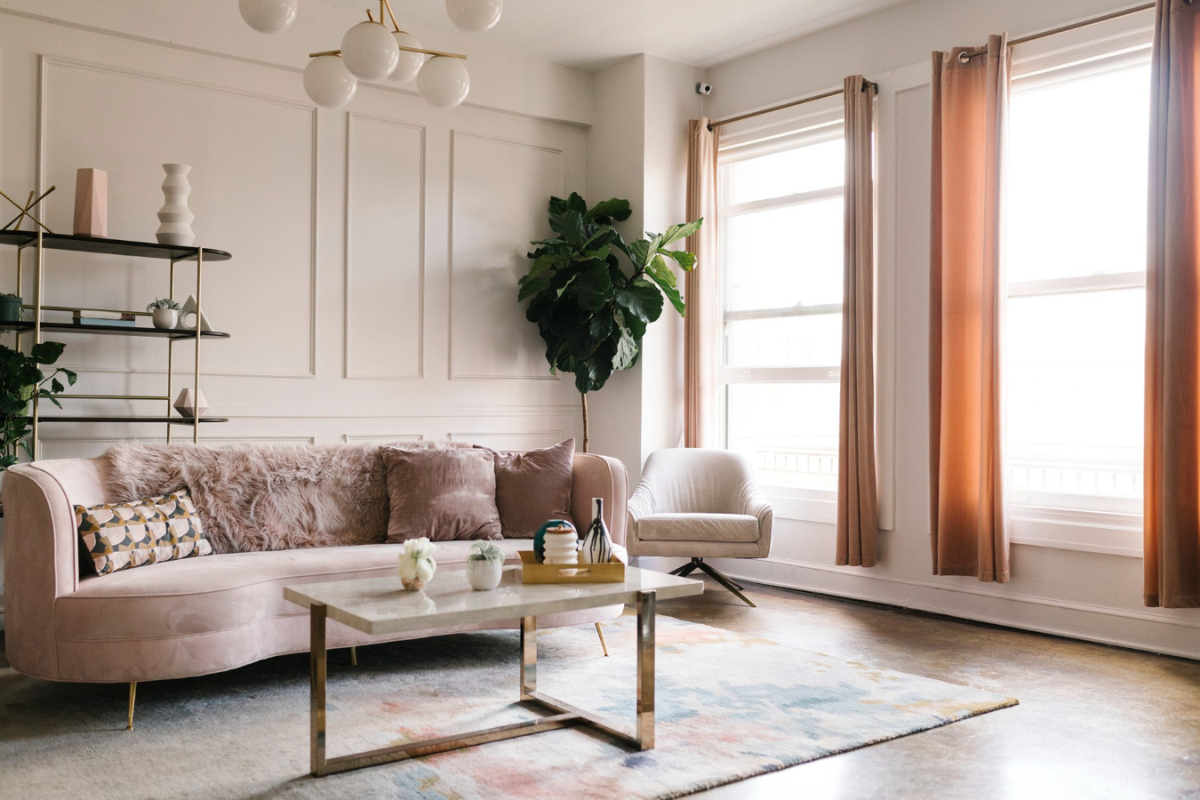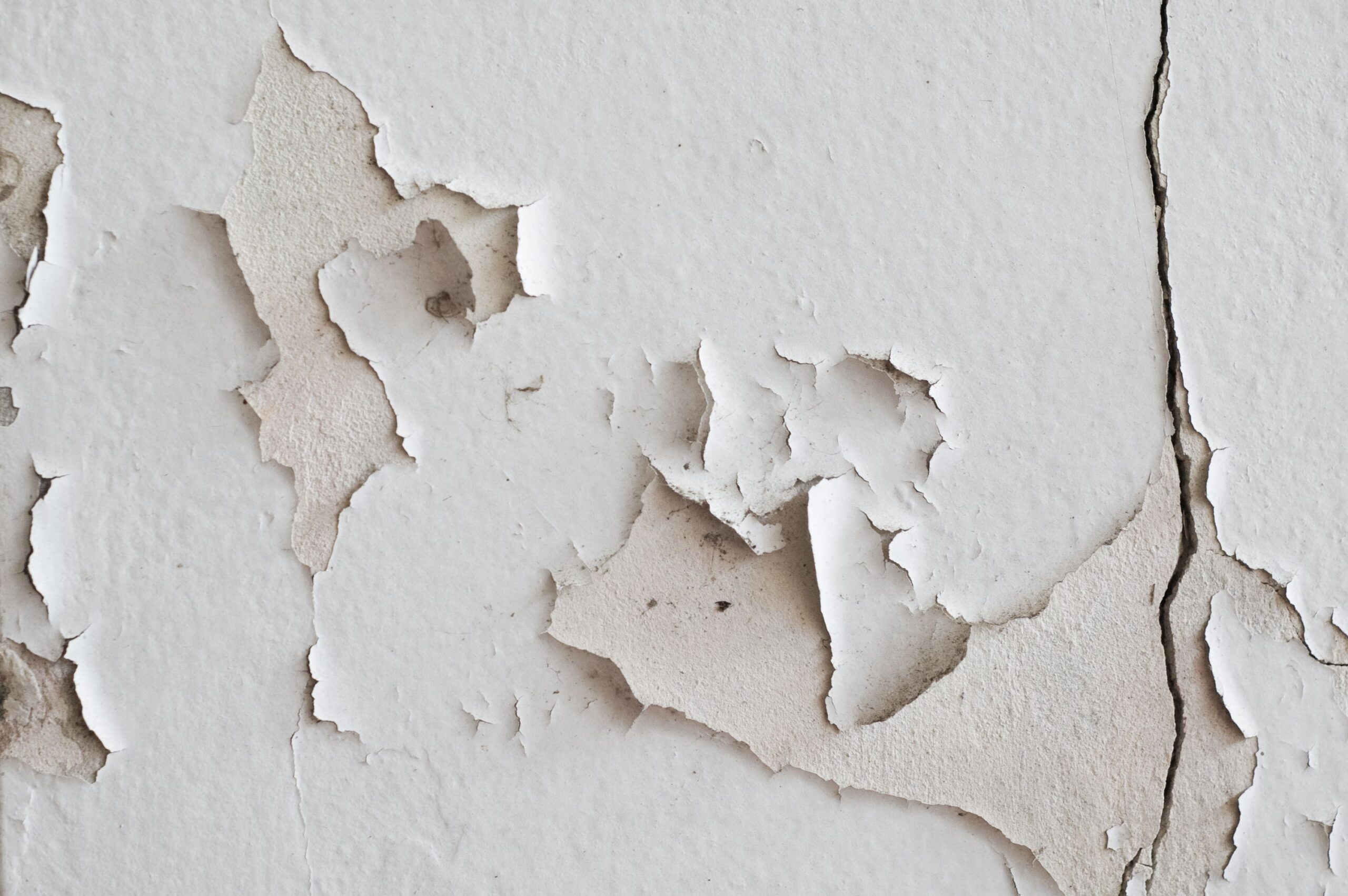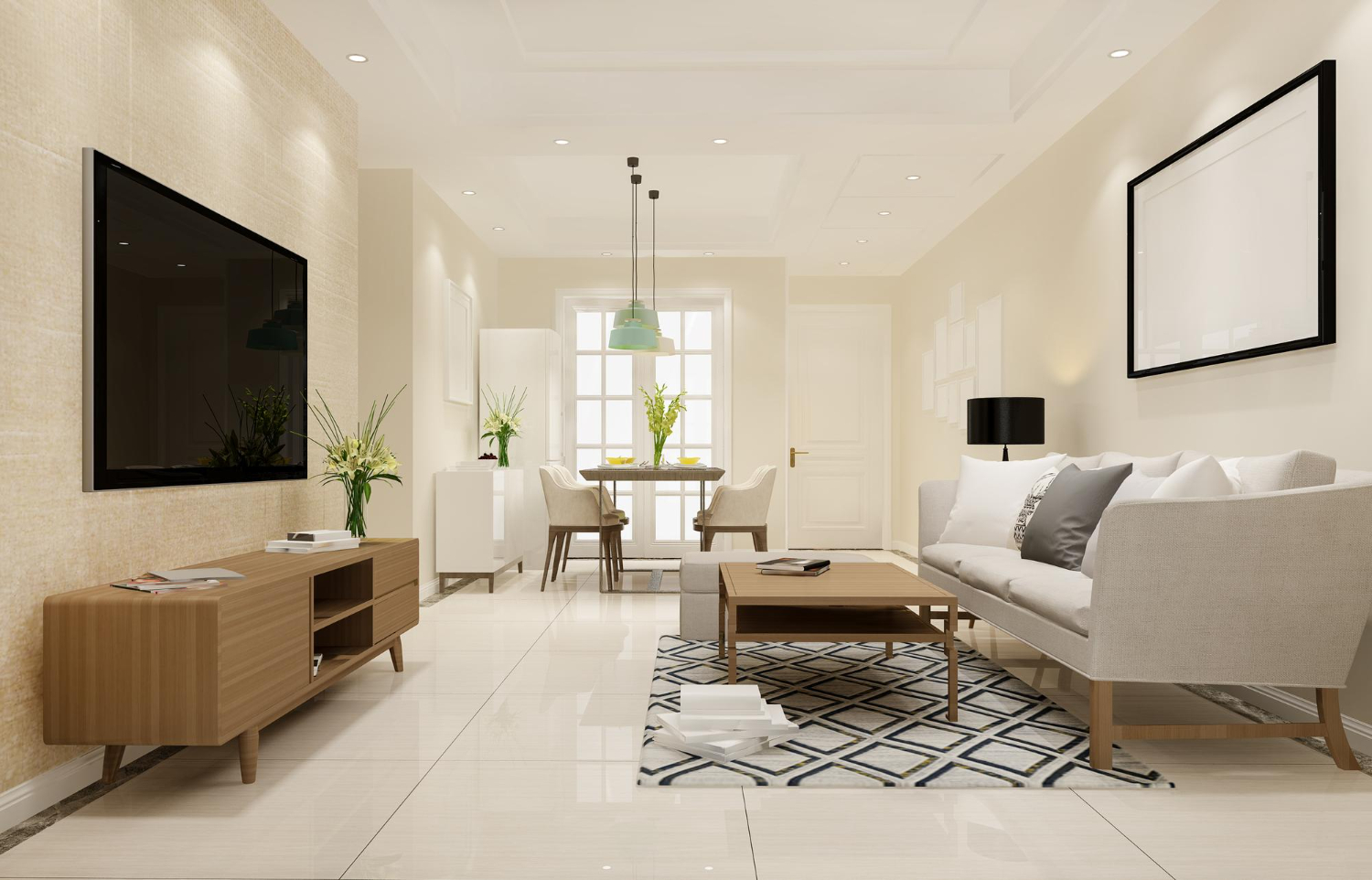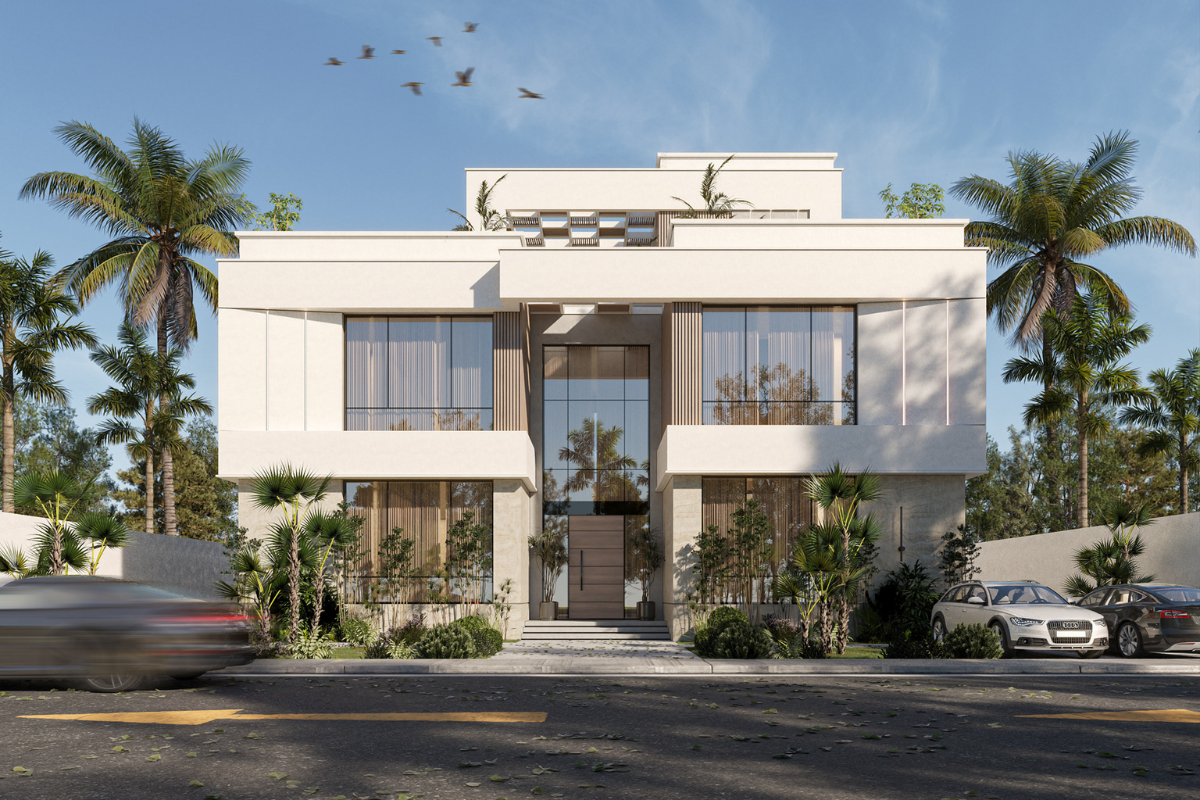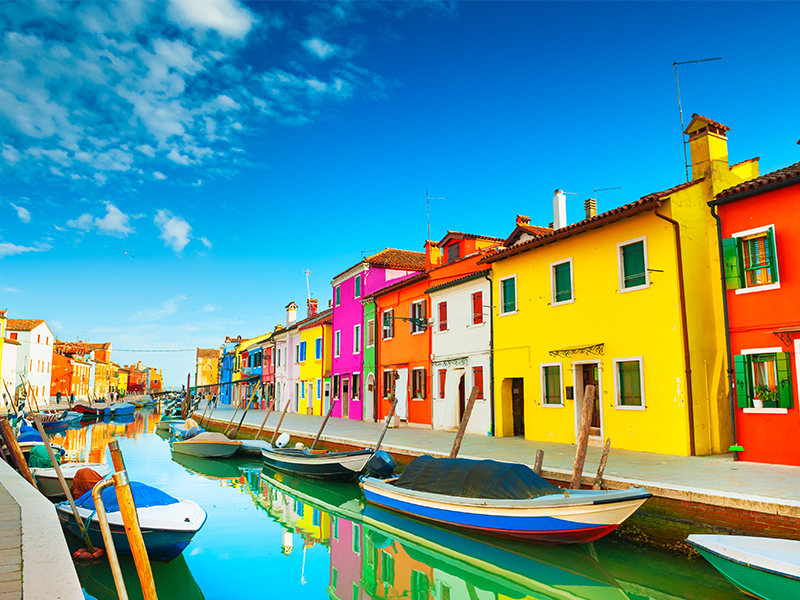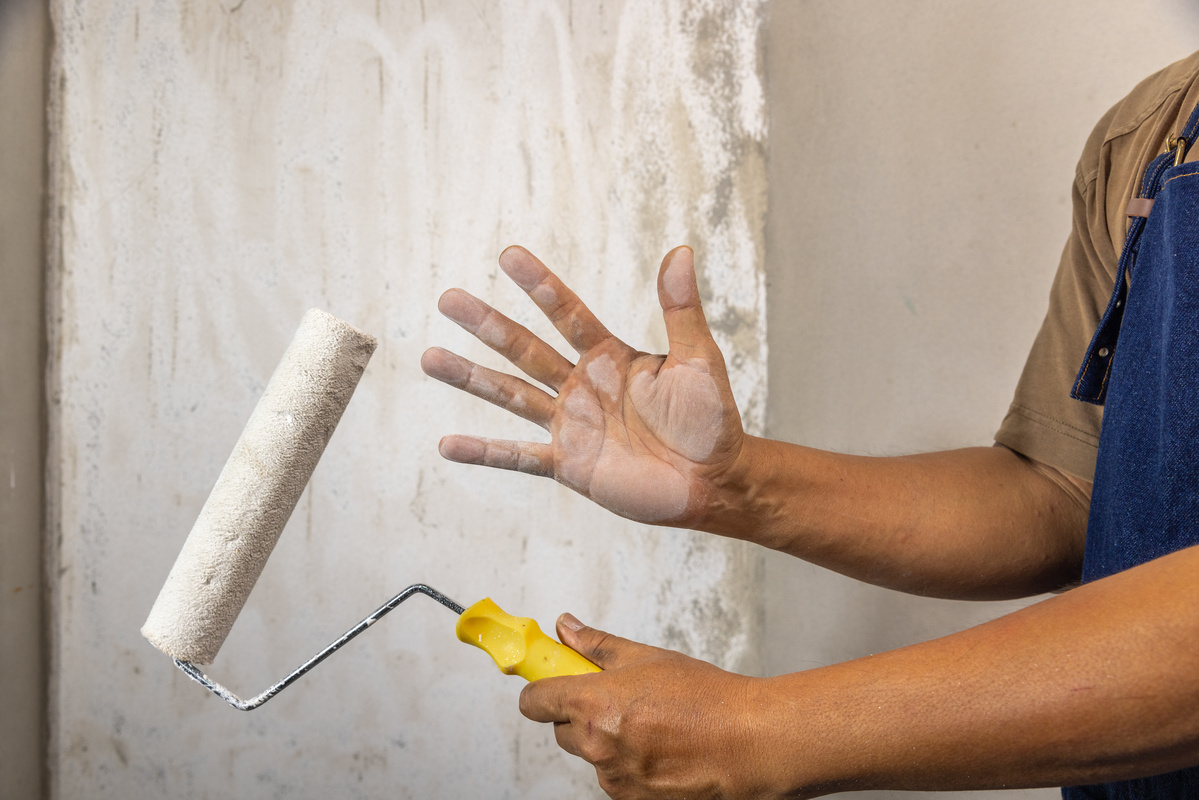
ANALYZE THE PHENOMENON OF PAINT CHALKING AND EFFECTIVE SOLUTIONS
Paint chalking is a common problem in many houses after being painted for a while. This not only affects the beauty of the house but also affects your health and safety. In this article, USKOLOR will analyze the phenomenon of paint chalking, its causes, and effective solutions.
- What is paint chalking?
Paint chalking is a condition when your surface paint begins to retain dirt or create a fine powder layer. You can rub your hand on the wall and see a white powder layer on your hand. This usually happens after a short period of time after new painting. If left for a long time, the paint surface of the wall may fade and peel. The cause of this phenomenon can come from many different factors.
- Causes of Chalking Paint
Paint chalking is a common problem that many homeowners encounter. To learn more about the causes of this phenomenon, we will look at the important factors in more detail.
– Poor paint quality:
One of the main causes of chalking of the paint layer is the quality of the main paint. Poor quality paint often contains substandard ingredients, especially weatherproofing and durability factors. When these factors are not guaranteed, the paint is prone to fading and losing adhesion, leading to chalking.
– Improper surface preparation
Surface preparation is an important step before painting, and if not done properly, it can create ideal conditions for chalking. A surface that is not cleaned or polished properly will reduce the adhesion of the new paint layer.
– Effects of harsh weather:
Weather also plays an important role in causing chalking. High temperatures, strong UV rays, or high humidity can reduce the durability of paint. Chalking occurs faster in outdoor environments, where the paint surface is fully exposed to high levels of sunlight for long periods of time. Surfaces protected from direct sunlight will degrade at a much slower rate. In addition, the intensity of solar radiation will affect the degree of chalking. Especially when using paint that does not have UV protection, salt resistance, or alkali resistance, the risk of chalking increases significantly.
– Using paint that is not suitable for the surface
Incompatibility between the type of paint and the surface can also lead to chalking. Some types of paint do not work well on specific types of surfaces, making the combination unstable and prone to chalking.
– Painting on a surface with many existing cracks
If the surface already has cracks or other defects and is not thoroughly repaired before painting, the new paint will not be able to adhere to the surface, increasing the risk of chalking.
- Solutions to overcome chalking
Paint chalking not only affects the exterior appearance of the house but also degrades the quality of the painted surface. Below are effective solutions to restore the paint film to a new look and prevent chalking from recurring. Unfortunately, paint film degradation due to “chalking” is irreversible once it begins.
To completely eliminate this condition, the entire surface will need to be pressure washed and/or scrubbed with a non-metallic scouring pad to remove all surface contaminants and chalking before repainting with a UV-resistant, salt-resistant, alkali-resistant paint system.
- Prevention
To minimize or delay the appearance of chalking on walls, you should note:
– Use paint products and coating systems that are recognized by the manufacturer as having UV protection.
– In general, choose lighter colors because they tend to absorb less heat and UV radiation.
– Choose colors based on inorganic pigments and/or oxides, which are often more UV resistant.
– Establish a maintenance program from the beginning to ensure that painted surfaces are washed annually and repainted at predetermined intervals to keep them in good condition.
Thus, the above article has answered the things you need to know about chalking paint. Follow USKOLOR to update more interesting information.


